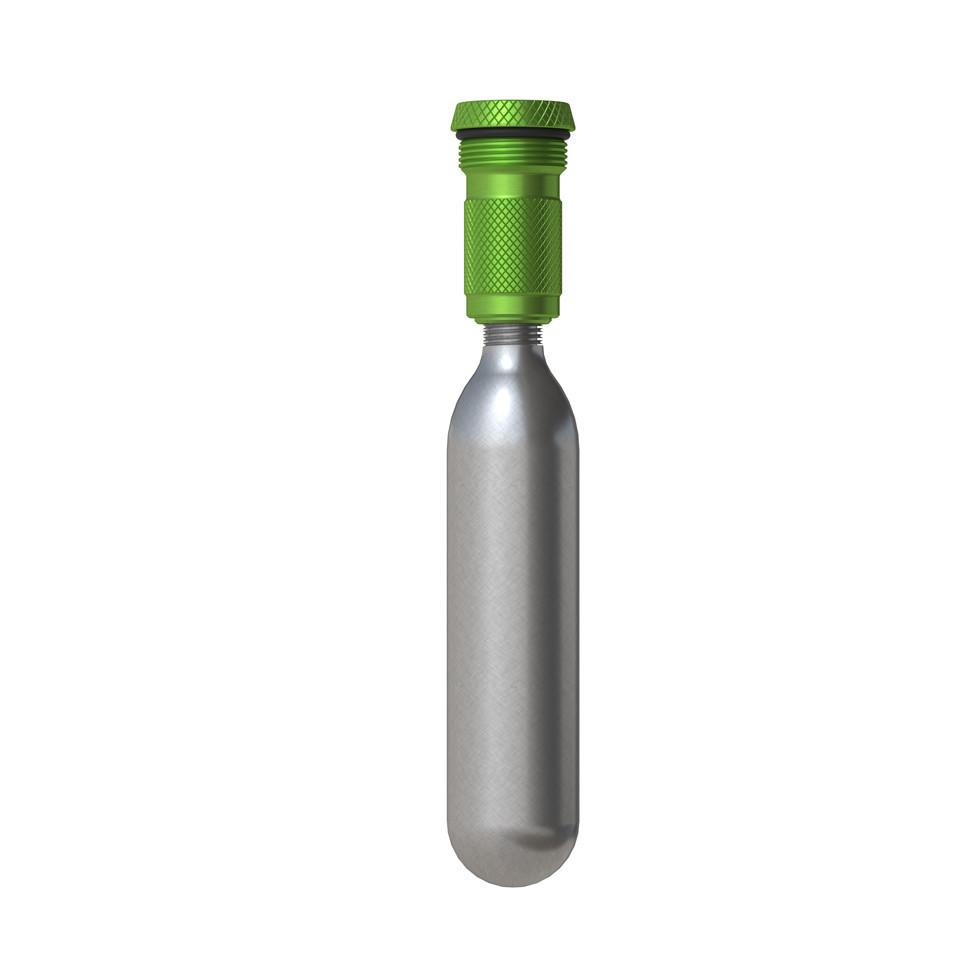In this little “series”, I’ll be writing about the things I wish I had known when I was first getting into racing. I have 5 years experience racing and now am at a fairly high level and have learned a lot over the years of racing, and 10 years of enthusiastic riding before that.
Topic #1: Spend your money on your bike wisely
We can get carried away looking at all the new technology, components, and design of bikes. Unlike skiing, snowboarding or other extreme sports, mountain biking allows us to nerd out a lot more on our equipment. Modern mountain bikes and their components are very complicated and sophisticated. We all aren’t made of money, and there are some things that are worth spending money on over others when on a budget.
The top 3 component that I would spend more money on when you’re first starting out would be Brakes, Suspension, and Tires over Carbon frames/components, Expensive hubs/wheels, or top of the line Drivetrain. This doesn’t mean that you have to get the top of the line product, but it is worth spending more money on them to get a better product that works for you and your strengths, rather than cheeping out.
Brakes over Drivetrain:
Brakes are obviously important, you can’t go fast with bad brakes. Does this mean you have to spend $400 a piece for brand new Saint or Magura stoppers? No, but when on a budget, or buying a budget bike, brakes are something that you may want to consider upgrading if you’re serious about going fast. My choice for the best budget brakes are Shimanio Zee Brakes. You can find them new anywhere between $100-$150 new per wheel. $300 is still a lot to spend on brakes, so if that’s still too much, then I’d take a look on Pinkbike for a set of used ones. The top of the line Shimano brakes, Saints, can be up to twice as much, and honestly, don’t give you twice as much performance. The main difference between the two being the adjustment, build quality, and weight of the brake lever. You can read the review I wrote comparing the two back in 2013 here.
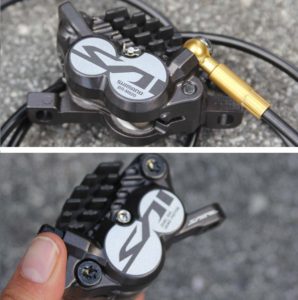

A lot of bikes are still coming stock with Sram Guide brakes, and unless you’re a small or a very light rider, I would stay faaaaaar away. These may feel good in the parking lot and on the first couple of rides, but the pain and frustration they will soon cause you isn’t worth it. If you want more modulation than Shimano (think of a dimmer switch as opposed to a flick on and off switch), Avid Code brakes are a very good upgrade to the Guides. Sram has also come out with their version of the Code, but I haven’t ridden that one yet. I can only assume it will be as good if not better than the Avid version. Unfortunately, these are the top of the line brakes from Sram and Sram isn’t known for being very cost effective, so Codes are going to cost you more money.
If you’re racing DH, I would stay away from the Shimano 2 piston brakes (XT, SLX, Deore) unless you are small or very light. They simply don’t have the consistency in power over time on steep race tracks and will fade much quicker than the 4 piston brakes. For Enduro racers, XT or SLX would still be good enough, but Enduro courses are getting harder and harder, so if you’re on the taller/heavier side, I would still recommend the Shimano Zee or the new 4 Piston XT. Shimano brakes are designed so that any lever (from Deore to XTR) will be compatible with any calliper. This is an advantage because if you break your Zee brake lever, you can replace it with an XT or SLX off your trail bike.
Your drivetrain is inarguably important. In DH racing you need quick precise gear changes for maximum acceleration out of the start gate and on flatter sections of track. For Enduro racing you need a wide enough range of gears and something that will be easily repairable or adjustable if you have a run in with a rock. Most modern bikes come with decent drivetrains, even on the cheaper end of builds. If it’s running well, no need to upgrade. There is little performance gained for money spent compared to brakes. On my own DH bike, I’m currently using a Shimano Saint drivetrain, which is top of the line, but I have used and been just as happy with the Zee derailleurs and cranks. Same goes the Sram. I didn’t notice much of a difference between the XO1 DH and the more budget GX Drivetrain. On the Enduro side, I use a Shimano XT drivetrain, but carry a spare SLX derailleur with me for race trips because it’s cheaper than carrying a spare XT. XTR is simply way too expensive and the only advantage you get is lower weight (Before the new 12 speed came out). In fact, I found the 11 speed XTR Derailleur pretty finicky and more sensitive to thrashing and needing more adjustment more often to get it perfect. The 11 speed XT/SLX just works, and is much cheaper than XTR. For Sram, I haven’t had much experience with the XO1 or XX1 Eagle, but on the few rides with the NX or GX setup, I have mixed feelings. Sure, 12 speed is awesome and the range is huge, but if something is the slightest bit off in adjustment, you get some skipping. Maybe I’ve just had bad luck and ridden poorly adjusted derailleurs.
In conclusion, when choosing components to upgrade on your bike, I would prioritize brakes over drivetrain. Even on the cheaper drivetrains, if adjusted and maintained properly, they will get you to the top and the bottom of the hill without issue and are less important in racing than good strong brakes, in my opinion.
Suspension over Carbon Frames/Components
Now that you’ve got some good stopping power and your drivetrain is running smoothly, you’ve saved up enough for some more upgrades. Before you get all googly eyed over the latest and greatest carbon components/frames, take a step back and think about performance. Will carbon cranks or handelbars help you go faster than a fresh rebuild or upgraded damper on a fork/shock? Same thing with carbon vs aluminum frames. I would rather buy an aluminum frame with a higher components spec than a carbon frame with a lower build spec for a same/similar price. Sure, aluminum is heavier and doesn’t look as clean, but it is more durable, forgiving, and cheaper than carbon.
Most low-mid or even higher spec bikes don’t come with top of the line dampers or suspension. Even on bikes DH that are one step below the highest spec model, it still may come with a coil sprung fork and a budget damper. If you do it quick enough, you can upgrade these forks to an air spring which allows for more adjustment using air pressure and volume spacers. If you wait too long before the upgrade, the spring rattles inside the stansion and make it incapable of holding air. My Rocky Mountain Maiden came with a Fox 40 Performance series fork, which was very smooth and worked very well overall, but I wanted the advantages that came with an air spring. Fortunately I caught it quick enough and was able to get in converted to air before the coil spring damaged the inside of the stansion. My brother ended up liking the all black fork, which went well on his bike and we traded, so I ended up with a Factory series Fox 40, Kashima and all. This fork also had a RC2 damper, which has high and low speed compression adjustment, which the performance series didn’t have. This was also crucial for me because I like a fork that stays quick high in it’s travel and doesn’t dive too much, which I can control using the high and low speed compression. My experience with Rockshox forks was the same. The bikes came with coil sprung forks, which we upgraded to air spring and that allowed for more adjustment and a better overall feel. For lighter riders, coil springs up front may be an advantage. On fork air pressure charts, there isn’t usually a recommended pressure for someone under 130lbs.
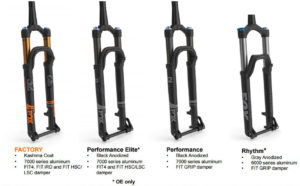
Factory Series vs Performance Series Forks
Tires over Hubs
Tires are arguably one of the most important component on your bike. It being the only contact point with the ground. Everybody has unique riding styles and technique so I’m not going to try to tell you which tires you should use. Unfortunately, tires are extremely expensive, almost as much as some car tires, and during race season, may only last a week or two. Hubs are also important, but I think people can get distracted by engagement degrees, sounds, and fancy colors that they now come in. In my opinion, I don’t think a lot of money should be spend on front hubs. As long as they roll well, aren’t loose, or require constant adjustment, there isn’t need to spend a lot of money for a brand new super fancy front hub. Rear hubs are a bit more important. I have broken a few rear hub axles in the past couple years, but it doesn’t mean you have to buy a DT Swiss 240 with the upgraded 48T engagement teeth. My personal favorite is the DT Swiss 350. It’s still a bit expensive, but other than the freehub bodies being a little soft, I’ve never had any issues. They have different cups that you can use to convert them from 150mm-157mm or 135mm-142mm. It’s easy to grease or disassemble if you need to get a stick or something out of your cassette, and I’ve never had any failures. The fastest rolling hubs would be from Shimano. Because they use a loose ball bearing system, they roll extremely fast. The downside to this system is that it needs to be serviced frequently to maintain the smooth performance. The service procedure isn’t particularly hard, but its annoying and finicky. Not something you want to be doing in a dusty parking lot on Saturday night. By frequently I mean every week in some cases. XT Usually last a bit longer before needing a service, but the Saint hubs need a lot of attention to be kept rolling smoothly.

Sealed Bearing Hub
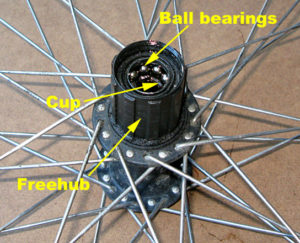
There are different tire compounds for different applications. For the sake of this article, I’m going to be talking about Maxxis tires, since they are the most common and I have the most experience with them. For every day training and practices at races, I recommend using a tire with a harder compound. Maxxis has 3 main tire different compounds for MTB Tires. 3C Maxx Terra, 3C Maxx Grip, and Super Tacky. 3C Maxx Terra uses 3 different tire compounds starting with the soft compound on the corner knobs, a medium compound on the center knobs, and a hard compound in the last layer. You get a tire that lasts quite a long time during normal race. 3C Maxx Grip still uses 3 different compounds, but the softer compounds makes up a larger amount of the tread compared to the harder compound. This will cause it to wear out quicker than the MaxxTerra. Super Tacky has the softest material throughout the whole tread of the tire, meaning it will wear out super quickly, but also give you the best grip throughout the lift of the tire. Schwalbe has a similar range of compound build up called Addix.
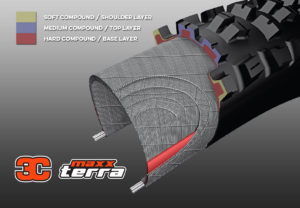

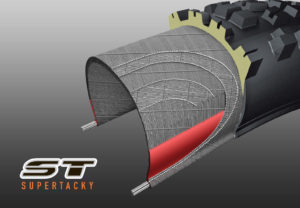
You may be thinking that the Super Tacky will be the best tire to use for racing. This could be true for certain tires, but you need to take in consideration that the softest material may have the best grip, but it will also be the most pliable and flexible. I realized this the hard way when I bought a Super Tacky tire and mounted it up and used it on a local race which I had practiced on earlier on a 3C Maxx Terra tire. On the harder packed corner, the side knobs folded due to the super soft compound and I found myself sliding around a lot due to this. For tires with taller side or middle knobs, you may want to consider the 3C Maxx Grip compound if there are a lot of hard pack corners. In super muddy or loose conditions, the Super Tacky will work just fine, but for hard pack, Maxx Grip may be the way to go. The harder compounds deeper in the tread may help prevent the side knobs from folding over as much in the hard pack corners.
Stay tuned for more tips and advice!
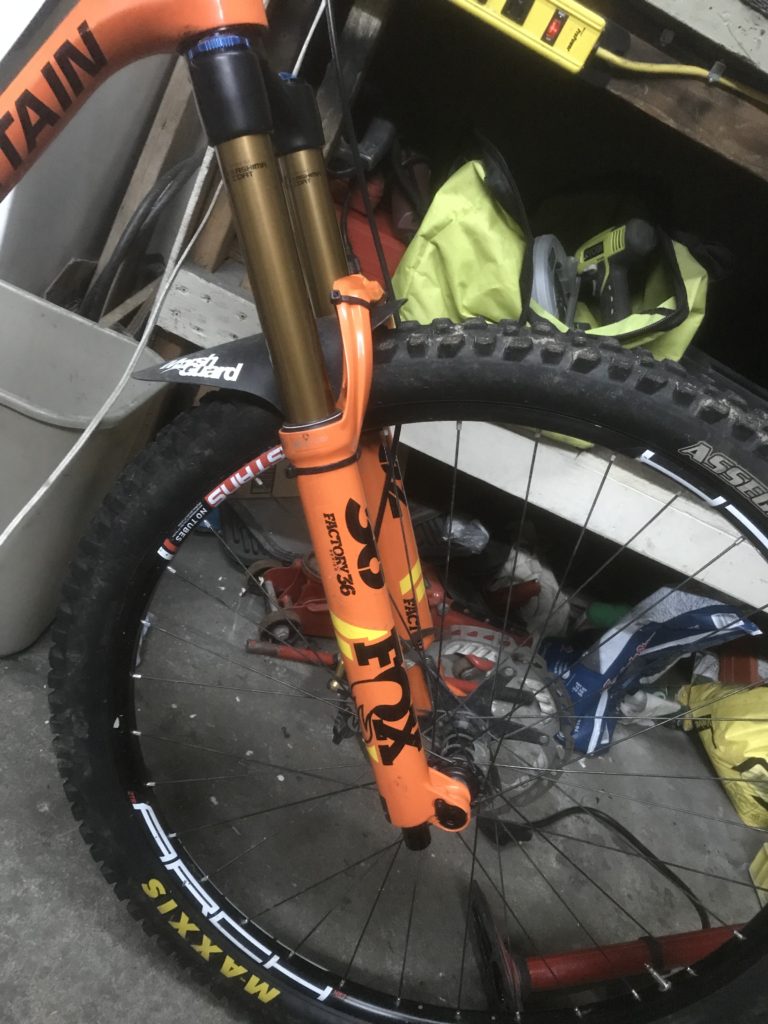
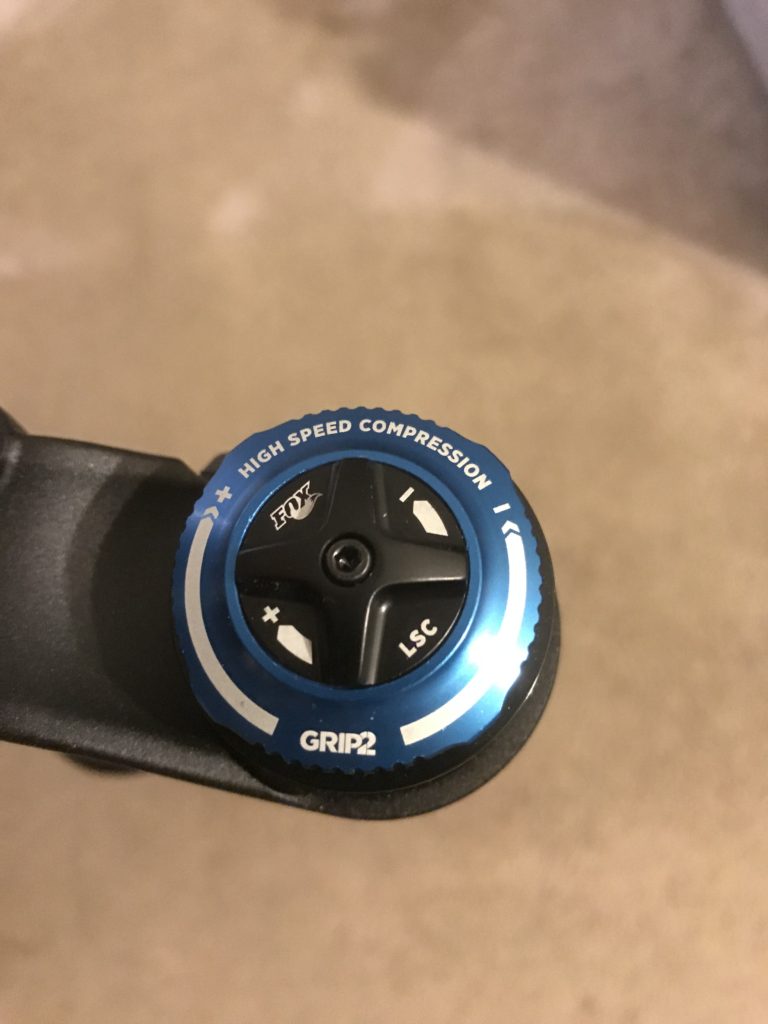










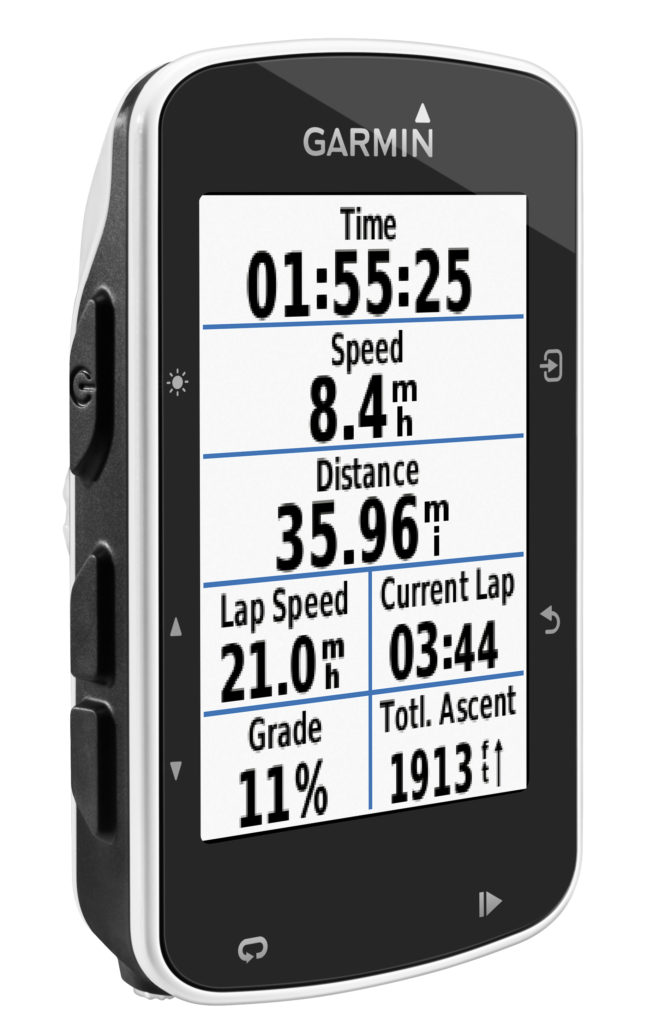



 After almost a year of use, It’s time for a long term update for the One Up EDC Tool. After I got back from my trip to South America where I broke the mount for my hand pump that attached the pump to my bike, I started looking around for a new hand pump to attach to my bike. The pump itself was also starting to wear out, it being our only pump that Anthony and I took on our trip, it got used a lot to up the tire pressure before rides, fix flats, and even seat multiple tubeless tires.
After almost a year of use, It’s time for a long term update for the One Up EDC Tool. After I got back from my trip to South America where I broke the mount for my hand pump that attached the pump to my bike, I started looking around for a new hand pump to attach to my bike. The pump itself was also starting to wear out, it being our only pump that Anthony and I took on our trip, it got used a lot to up the tire pressure before rides, fix flats, and even seat multiple tubeless tires.
